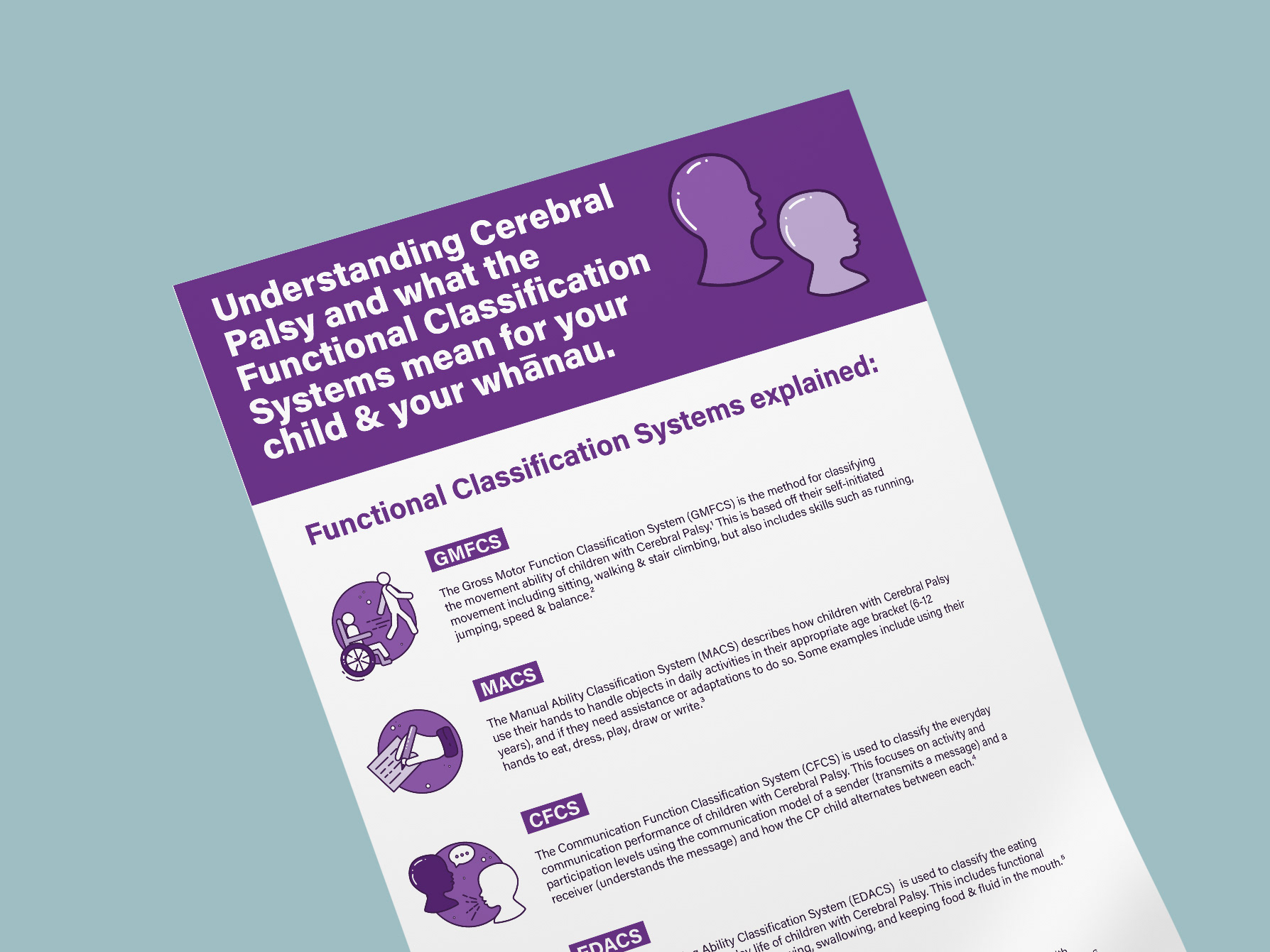Inclusive Design: Exploring Accessible Informed Consent
for People with Aphasia
for People with Aphasia
As a designer, I lack expertise in aphasia or stroke-related communication difficulties. My previous experience working
on healthcare-related communication design projects has
enabled me to understand the potential complexities of
navigating healthcare spaces.
This experience has taught me how to work through the process
of designing information for specific communication needs
of the intended audience.
on healthcare-related communication design projects has
enabled me to understand the potential complexities of
navigating healthcare spaces.
This experience has taught me how to work through the process
of designing information for specific communication needs
of the intended audience.
This project was undertaken as part of a Master of Design qualification at Auckland University of Technology
and was awarded with First Class Honours.
and was awarded with First Class Honours.
Abstract
This research explores how information design and typographic approaches can help create accessible participant information sheets for people with aphasia to ensure they can be included in research. There are worrying statistics that individuals with communication impairments post-stroke are often excluded from research due to perceptions of vulnerability and that they do not have the decision-making capacity to provide informed consent. These exclusions have the potential to create health disparities for people with aphasia and contribute to existing generalisations in stroke research that can have a negative impact on the care they receive.
Participant information sheets were prototyped using a human-centered design approach by adhering to the information design principles of accessibility and inclusiveness. The prototypes were presented to people with aphasia for feedback to ensure the readability, comprehension, and design preferences were appropriate and accessible to the targeted audience.
The outcome of the research was a refined set of prototype participant information sheets that ensure greater accessibility to research for people with aphasia. This research found that implementing information design
and typographic principles to participant information sheets for people with aphasia can facilitate their inclusion in research through their readability.
and typographic principles to participant information sheets for people with aphasia can facilitate their inclusion in research through their readability.
Outcomes
In addition to a refined set of prototype participant information sheets for people with aphasia, a guide to designing participant information sheets for people with aphasia was made for researchers.
Throughout this research, resources were produced to aid participants with aphasia in answering interview questions where their language and communication needs required support. These aids are shown in the
images below.
images below.
The first prototype participant information sheet (above) is an A5 booklet that focused on using icons alongside the relevant text, short sentences paired with small paragraphs, increased line spacing, the use of bold text to emphasise keywords or statements, coloured blocks to make important information stand out, and the use of white space and increasedseparation between sections within the booklet.
The second prototype participant information sheet (above) is an A4 booklet that focuses on using illustrations and photographs rather than icons. Bold text and coloured blocks to emphasise information are not used, while all other design and typographic elements used in the first prototype are still being used.
The final design outcome of this research is a clinician's guide to creating participant information sheets for people with aphasia. The guide covers what features to use and avoid when creating the sheets to ensure people reading the information can understand as much as possible. Examples were designed of what to do and what not to do when making the sheets. These examples were shown visually to ensure clinicians with no prior design knowledge can easily understand what to do and avoid.




